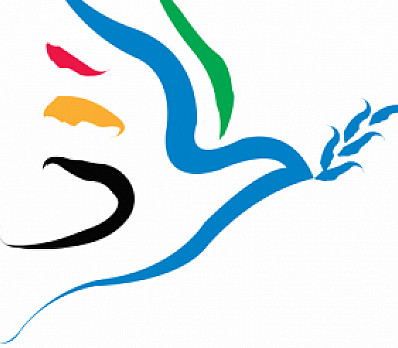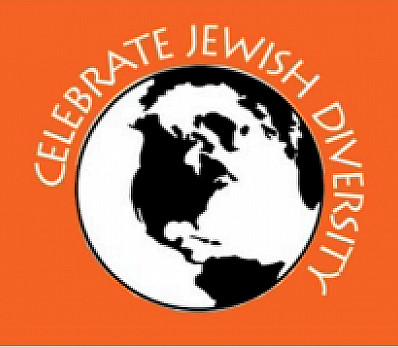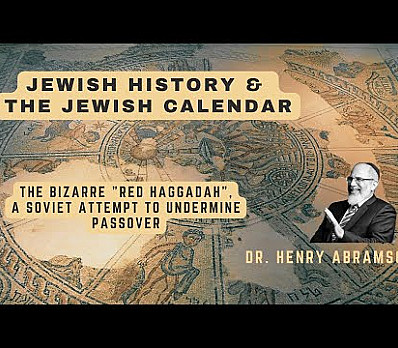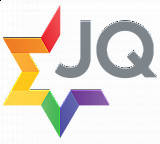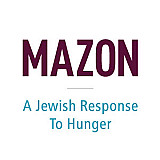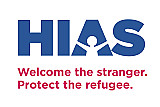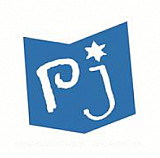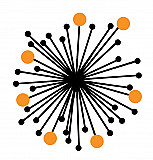Utzedek Supplement
Rabbi Joseph Soloveitchik writes that the apparent redundancy in the declaration of Ha Lachma Anya —the invitation to “those who are hungry” and to “those who are in need”—is, in fact, not redundant:
Whoever is in need of bread, dichfin, is hungry. Kol ditzrich refers to one who is alone, who has a lot of matzah and wine but no home or family. There are indeed many ways to be included among the kol ditzrich. The invitation to “all who are in need” is not yeitei ve-yeichol, to eat with us; but rather, it is to spend the Pesah with us, yeitei ve-yifsach, to celebrate with us. It is an invitation addressed to unfortunate and lonely people. ey might be millionaires; it is completely irrelevant. Whoever is in need should come and celebrate. Ha Lahma Anya is the renewal of a pledge of solidarity among the Jewish people...It is a proclamation that we are one people and we are ready to help each other. [ e Seder Night: An Exalted Evening. New Jersey: Ktav, 2009, p. 27]
When understood in this way, Ha Lachma Anya transforms the seder into a ritual of social solidarity. Of course, praise, gratitude, and the reenactment of freedom are predominant themes of the seder, but the fostering of solidarity is an important undercurrent. In Rav Soloveitchik’s words, “without manifesting and demonstrating the sense of solidarity, responsibility, unity, and readiness to share and participate, the whole seder becomes meaningless” ( ibid. p. 28).
Another term for the “readiness to share and participate” is social capital. In his groundbreaking book, Bowling Alone: The Collapse and Revival of American Community (New York: Simon & Schuster, 2000), Harvard professor Robert Putnam presented a bleak picture of contemporary American life. The title comes from Putnam’s observation that, although bowling remains a popular past time, fewer Americans now bowl on teams. Instead of bowling with friends, as was once common, Americans now go “bowling alone.” Over the past 25 years, there has been a 35% decline in “having friends over,” a 58% drop in “attending club meetings,” and a 43% drop in family dinners (h p://bowlingalone.com). Putnam argues that aside from any direct negative implications of those statistics, they mark a decline in social capital, “the very fabric of our connections with each other.”
Pesach is a time particularly appropriate for fostering these ties of social solidarity because there is a connection between matzah itselfand social solidarity. This connection is explained by in the Vilna Gaon as emerging from the passive voice adopted by the Torah to describe the mitzvah to eat matzah (“ matzot shall be eaten for seven days”). In the words of Rabbi Yonason Sacks [ Hagaddah Chazon L’Yomim, Feldheim, 2009, p. 107], “by formulating the imperative in the passive voice, the Torah implies that the obligation of matzah is not simply to eat matzah, but rather to ensure that matzah is eaten by everyone.” Thus, when reciting Ha Lachma Anya, we are making a declaration of social solidarity centered upon a substance, matzah, whose very consumption mandates social consciousness.
Inspired to create
your own Haggadah?
Make your own Haggadah and share with other Seder lovers around the world
Have an idea
for a clip?
People like you bring their creativity to Haggadot.com when they share their ideas in a clip
Support Us
with your donation
Help us build moments of meaning and connection through
home-based Jewish rituals.
OUR TOP CONTRIBUTORS
Passover Guide
Hosting your first Passover Seder? Not sure what food to serve? Curious to
know more about the holiday? Explore our Passover 101 Guide for answers
to all of your questions.


